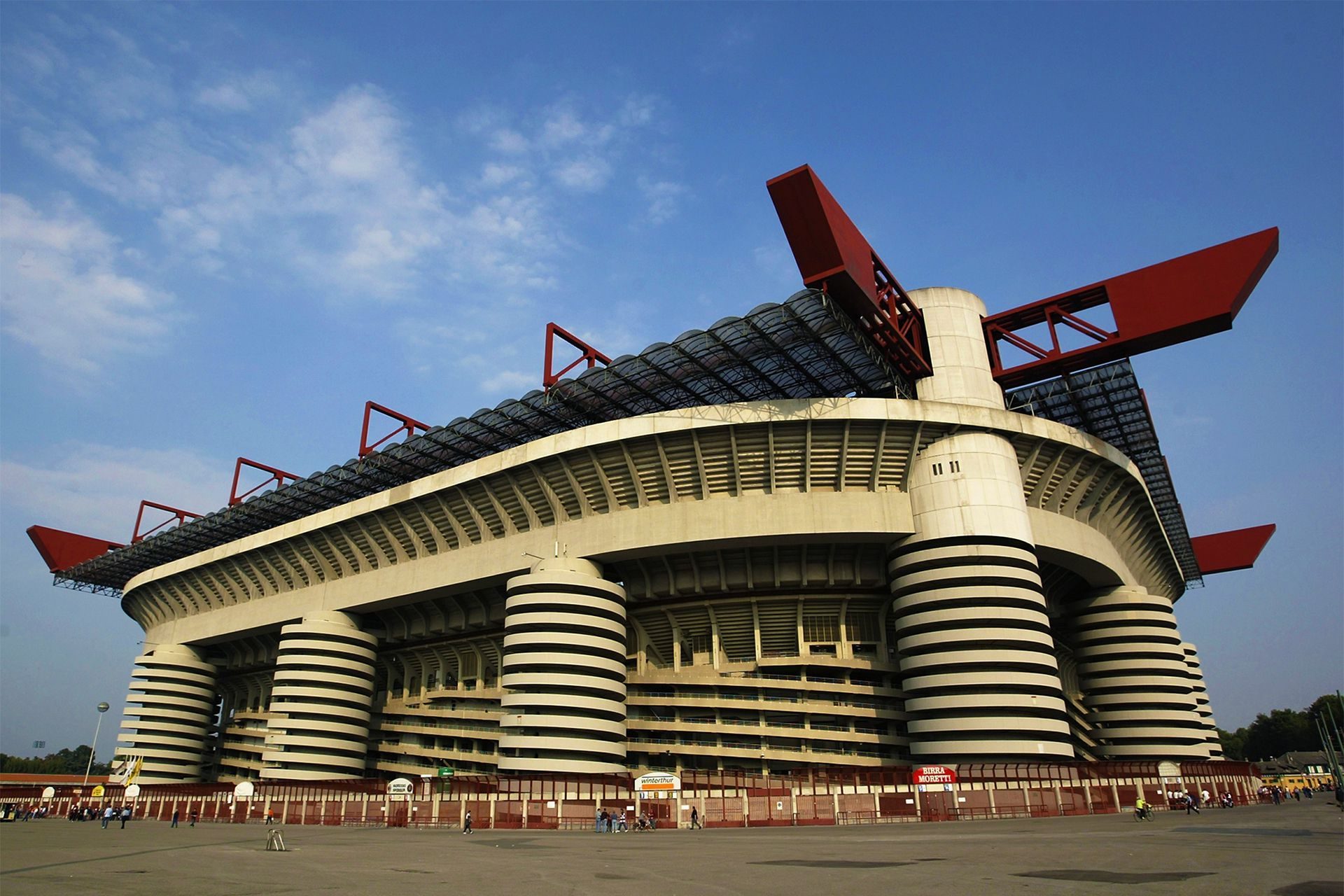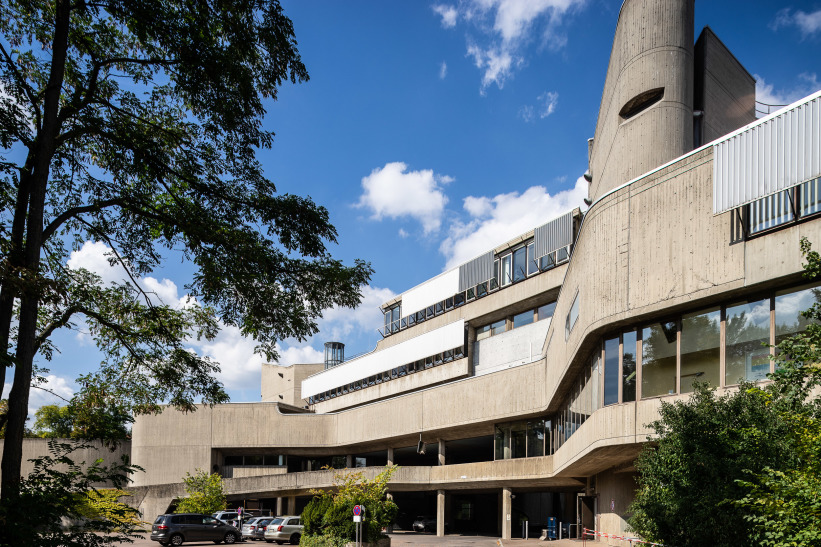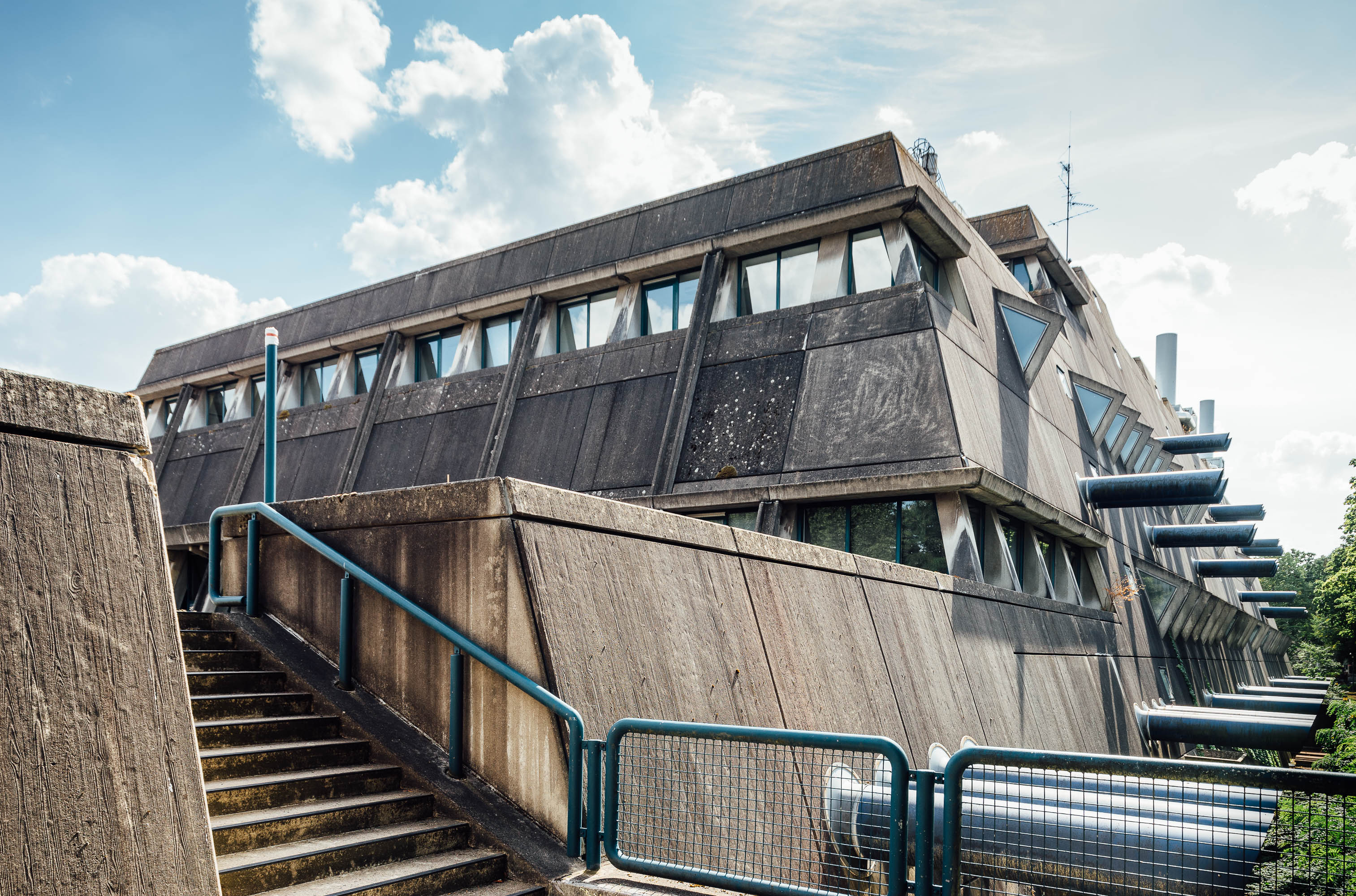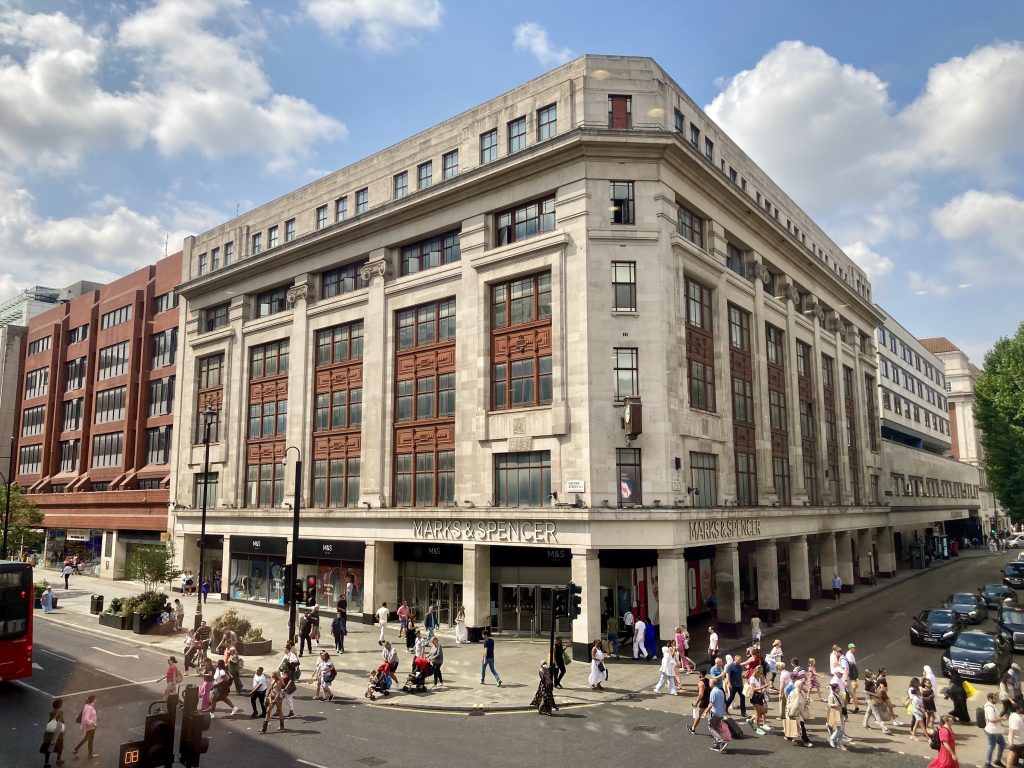The Accounts Of Structures Rescued From Demolition
Come and join us in this piece as we discuss about some accounts of structures rescued from demolition. As communities grow and cities evolve, a growing chorus of voices is rising to champion the preservation of these edifices, citing reasons that range from cultural heritage and historical significance to sustainable development and unique aesthetic value.
Author:George EvansSep 01, 2023132.9K Shares1.7M Views
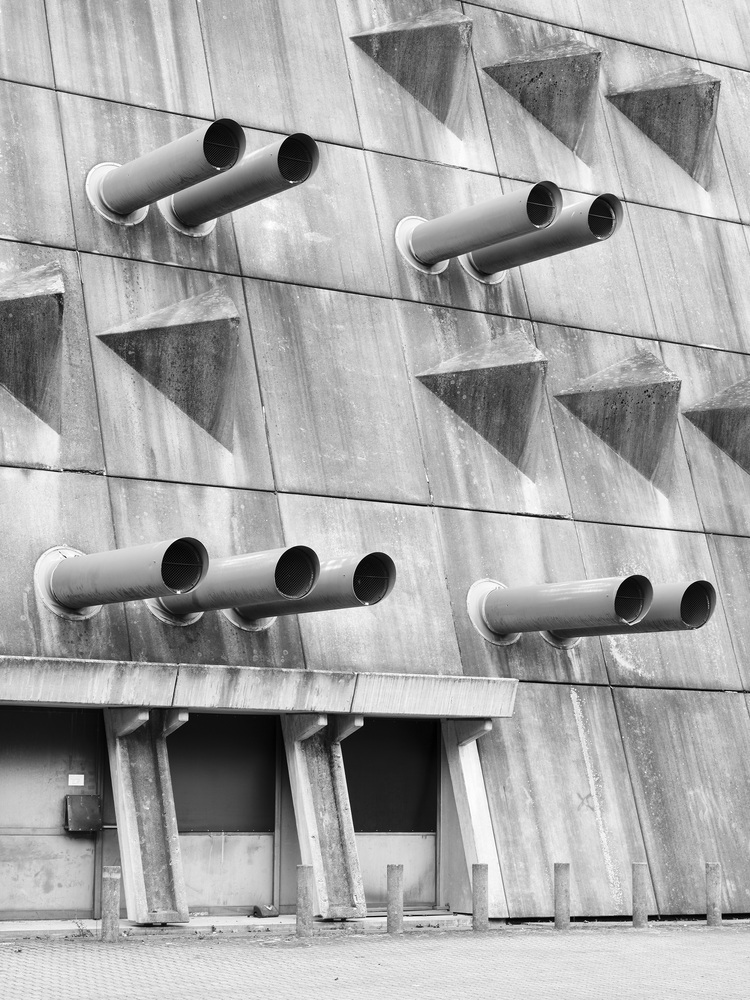
Come and join us in this piece as we discuss about some accounts of structures rescued from demolition. As communities grow and cities evolve, a growing chorus of voices is rising to champion the preservation of these edifices, citing reasons that range from cultural heritage and historical significance to sustainable development and unique aesthetic value.
The decision between destruction and adaptive reusein the context of urban growth carries significant and wide-ranging consequences. The architectural community has been prompted to advocate for more responsible assessment strategies in order to rediscover the value of existing structures.
This has been driven by debates surrounding the cultural and historical significance of architecture, as well as the environmental impact of demolition and rebuilding processes when compared to the cost of preservation and adaptation.
This page compiles a collection of narratives pertaining to buildings that have encountered the imminent risk of demolition, together with the procedural measures that facilitated their preservation.
San Siro Stadium In Milan, Italy
The Regional Commission for the Cultural Heritage of Lombardy has decided to save Milan's renowned Giuseppe Meazza Stadium, also referred to as San Siro, due to its significant cultural value, therefore preventing its demolition.
The stadium, which serves as the residence for both AC Milan and Inter Milan, was scheduled to be replaced with a new stadium called "The Cathedral," designed by the architectural firm Populous.
The architectural composition, constructed in the year 1926, saw a sequence of alterations and augmentations, resulting in its now identifiable configuration of an elevated ring upheld by winding towers, a characteristic that is acknowledged for its cultural significance.
The Institute For Hygiene And Microbiology In Berlin, Germany
The Institute for Hygiene and Microbiology, which was constructed in 1974, was initially affiliated with the Free University of Berlin. The architectural design of this establishment was undertaken by Hermann Fehling and Daniel Gogel.
In response to the imminent risk of demolition, an initiative was launched with the objective of preserving the aforementioned edifice, as well as its adjacent brutalist construction, known as the Mäusebunker.
The effort achieved success, as the corporation in possession, Charité, declared its intention to retain and save the structure. According to SOSBrutalism, the designation of the structure as a historic monument in January 2021 has effectively guaranteed its protection.
Mäusebunker In Berlin, Germany
The animal labs once owned by the Charité, also referred to as the Mäusebunker building, have just been granted monument status, thereby shielding it from longstanding intentions to demolish the structure.
The architectural edifice characterized by brutalist design, which was previously utilized as a facility for conducting experiments on animals, has been unoccupied since the year 2009.
Under the leadership of Christoph Rauhut, the State Monuments Office implemented a model method aimed at identifying potential future applications. The restoration of the labs in Berlin for beneficial objectives, taking into account their potential for branding, was determined.
M&S Store On Oxford Street, London, UK
The proposal put up by Marks and Spencer to demolish and rebuild its primary shop located on Oxford Street in the West End of London has been rejected due to concerns raised by a campaign on the environmental impact of the redevelopment project.
The rejection of the idea by Secretary of State Michael Gove, as reported by The Guardian, compelled the corporation to reassess its alternatives, ultimately favoring the strategy of reusing and modifying the structure.
Shell Headquarters In Aberdeen, Scotland
Although an official decision has not yet been made, professionals in the fields of architecture, academia, and climate activism are urging Shell to refrain from demolishing their contemporary headquarters structure located in Aberdeen, Scotland.
For a span of more than five decades, the company's primary operations were conducted from a multi-level structure, specifically designed with five floors, which functioned as its central headquarters.
In light of the company's decision to demolish the facility instead of repurposing it, an open letter has been issued, appealing for a reconsideration of this course of action. The letter raises concerns over the carbon emissions that would be generated via the process of demolishing the existing concrete structure and then constructing a new one.
In spite of the growing awareness of the inherent significance of upholding and safeguarding contemporary architectural edifices, the prospect of demolition continues to pose a threat to many structures, such as Kenzo Tange's renowned Kagawa Gymnasium in Japan and Louis Kahn's Indian Institute of Management Ahmedabad (IIMA).
In 2021, the administration of the institution made the decision to reverse their previous intentions for destruction, which had been met with global protests. The rationale provided for this reversal was the identification of significant structural problems.
The Historical And Cultural Significance
Old buildings serve as tangible links to our history, reminding us of the people, events, and ideals that shaped our society. These structures stand as silent witnesses to the passage of time and the evolution of civilizations. From ancient temples and medieval castles to colonial-era houses and industrial warehouses, these buildings embody the narratives of the past.
Historical landmarks like the Parthenon in Athens, the Colosseum in Rome, and the Great Wall of China draw millions of visitors each year due to their captivating stories and awe-inspiring presence.
They offer a glimpse into the achievements of our forebears, showcasing the monumental feats of architecture and engineering that defined their eras. Similarly, local landmarks such as old churches, town halls, and theaters hold deep significance for communities, embodying shared memories and traditions.
Architectural Marvels And Craftsmanship
One of the most compelling reasons for preserving old buildings is the opportunity to celebrate and study architectural craftsmanship that is often difficult to replicate in the modern era. The attention to detail, the intricacies of design, and the sheer dedication to perfection displayed in structures from various historical periods are a testament to human ingenuity.
Intricate carvings, handcrafted woodwork, stained glass windows, and ornate facades are all examples of the artistry that went into constructing these structures. By preserving these elements, we ensure that future generations can appreciate the beauty of these creations, as well as the skills of the craftsmen who brought them to life.
Furthermore, these architectural marvels offer insights into the evolution of building techniques. The transition from Roman arches to Gothic cathedrals, the rise of the Renaissance, and the innovations of the Industrial Revolution are all reflected in the architecture of their respective eras. By studying these structures, architects and historians can learn about the methods and materials that were used, informing modern construction practices.
Cultural Identity And Sense Of Place
Old buildings contribute significantly to a community's sense of identity and place. They play a pivotal role in shaping the distinctive character of neighborhoods and cities. Whether it's the narrow alleys of an old town, the cobblestone streets of a historic district, or the ornate facades of heritage buildings, these features create a unique atmosphere that sets a locale apart from its surroundings.
In cities across the world, neighborhoods like New Orleans' French Quarter, London's Notting Hill, and Istanbul's Sultanahmet retain their allure and authenticity because of their well-preserved old buildings.
These places become not just physical spaces, but embodiments of the cultural spirit and heritage of the community. They attract residents, visitors, and businesses alike, fostering a sense of community and pride that is intimately tied to their architectural heritage.
Sustainable Development And Adaptive Reuse
Preserving old buildings aligns with principles of sustainable development and adaptive reuse. Retrofitting and repurposing existing structures can significantly reduce the environmental impact associated with new construction. Renovating an old building often requires fewer resources than building from scratch, thereby conserving materials, energy, and land.
Adaptive reuse, the practice of repurposing old buildings for new functions, is a sustainable solution that can breathe new life into these structures.
Historic factories transformed into chic loft apartments, former churches converted into vibrant art galleries, and disused warehouses turned into trendy cafes all exemplify the potential of adaptive reuse to revitalize communities and promote sustainable urban development. By creatively repurposing old buildings, we can honor their history while also addressing contemporary needs.
Nostalgia And Sentimental Value
The sentimental value of old buildings cannot be overstated. These structures often hold personal memories and emotional connections for individuals. They serve as backdrops for childhood experiences, important life events, and moments of personal growth. These emotional ties create a deep-rooted desire to protect and preserve these buildings for future generations to enjoy.
Old buildings have the power to evoke nostalgia, transporting people back to a time when life seemed simpler or more connected. They embody a sense of continuity in an ever-changing world, providing a link to the past that can be especially comforting in times of rapid change.
People Also Ask
Why Is The Preservation Of Old Buildings Important For Communities?
The preservation of old buildings is crucial for communities because these structures encapsulate the history, culture, and identity of the people who lived and worked in them.
Old buildings serve as tangible reminders of our shared heritage and provide a connection to the past that helps us understand how societies have evolved over time. By preserving these buildings, communities can maintain a sense of continuity, fostering pride and a deeper understanding of their roots.
What Are The Environmental Benefits Of Adaptive Reuse In Urban Development?
Adaptive reuse offers significant environmental benefits in urban development. By repurposing existing structures, we can reduce the demand for new construction materials, minimize waste generation, and conserve energy.
This sustainable approach also helps prevent the demolition of old buildings, which would release debris and contribute to landfill waste. Additionally, adaptive reuse can lead to a more compact urban footprint, reducing urban sprawl and the associated environmental impacts.
How Do Old Buildings Contribute To A Neighborhood's Cultural Identity And Sense Of Place?
Old buildings play a pivotal role in shaping a neighborhood's cultural identity and sense of place by providing a physical representation of its history and character.
The architectural styles, design elements, and stories associated with these buildings create a unique atmosphere that residents and visitors can connect with. This sense of place fosters community pride, encourages local businesses, and fosters a distinctive cultural ambiance that sets the neighborhood apart from others.
Final Words
We hope you learned more about accounts of structures rescued from demolition. The battle to save old buildings from demolition is a complex and multifaceted endeavor that transcends mere architectural conservation.
It's a fight to preserve our collective memory, cultural heritage, and unique identity. As we navigate the challenges of rapid urbanization and technological advancement, it's essential to recognize the intrinsic value of these structures and the role they play in shaping our communities.
By appreciating the historical significance, architectural beauty, cultural identity, and sustainable potential of old buildings, we can work together to strike a balance between progress and preservation. Through mindful planning, adaptive reuse, and public advocacy, we can ensure that these living links to the past continue to enrich our present and inspire our future.

George Evans
Author
George Anderson, an exceptional architectural designer, envisions and brings to life structures that transcend the realm of imagination. With an unwavering passion for design and an innate eye for detail, George seamlessly blends form and function, creating immersive spaces that inspire awe.
Driven by a deep appreciation for the interplay of space, light, and materials, George's innovative approach redefines the possibilities of architectural design. His visionary compositions leave an indelible mark, evoking a sense of wonder and transforming the built environment.
George Anderson's transformative designs and unwavering dedication continue to shape the architectural landscape, pushing the boundaries of what is possible and inspiring generations to come.
Latest Articles
Popular Articles
